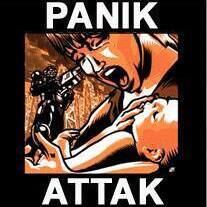Ethernet connection
-
Topics
-
thstudios ·
Posted in Storage Devices0 -
skkler ·
Posted in Cases and Mods3 -
Iggzy ·
Posted in Troubleshooting3 -
3
-
11
-
Gat Pelsinger ·
Posted in Linux, macOS and Everything Not-Windows10 -
8
-
lightfire ·
Posted in Hobby Electronics1 -
7
-
6
-
-
play_circle_filled

Latest From Linus Tech Tips:
The BRIGHTEST Monitor We've EVER Seen - Sun Vision rE rLCD Display
-
play_circle_filled

Latest From ShortCircuit:
The World's Fastest CPU (Technically...) - Intel i9-14900KS





.thumb.jpg.ab6821c090888206ddcf98bb04736c47.jpg)









Create an account or sign in to comment
You need to be a member in order to leave a comment
Create an account
Sign up for a new account in our community. It's easy!
Register a new accountSign in
Already have an account? Sign in here.
Sign In Now